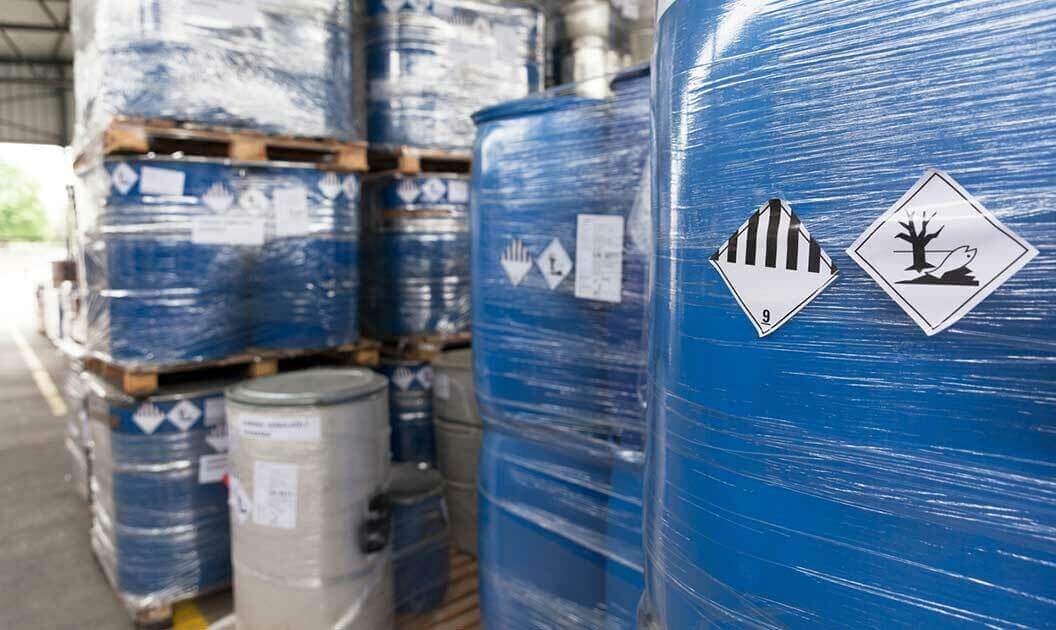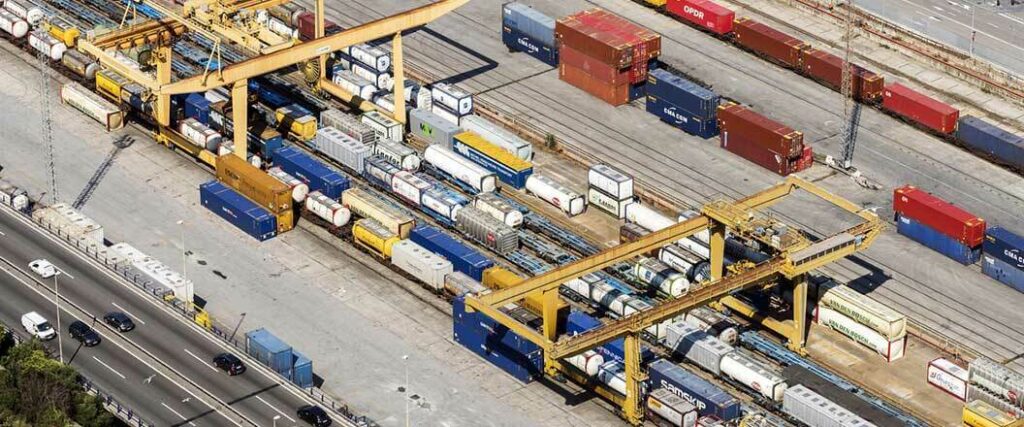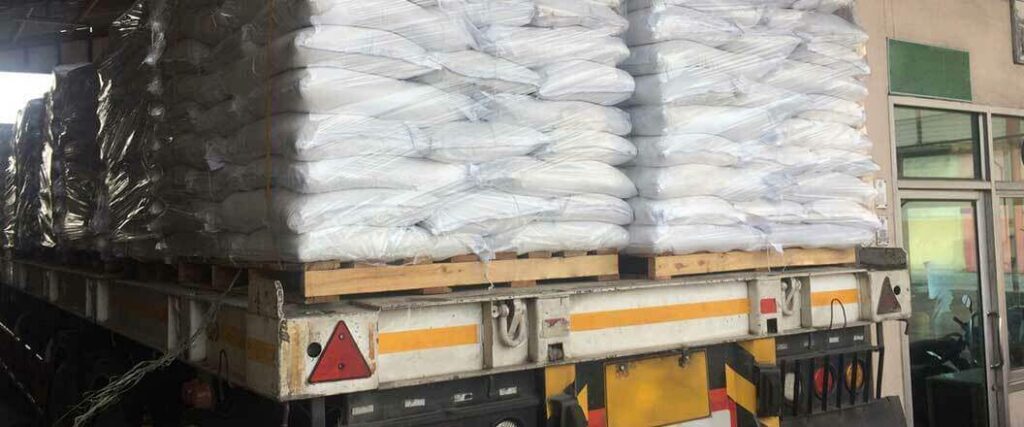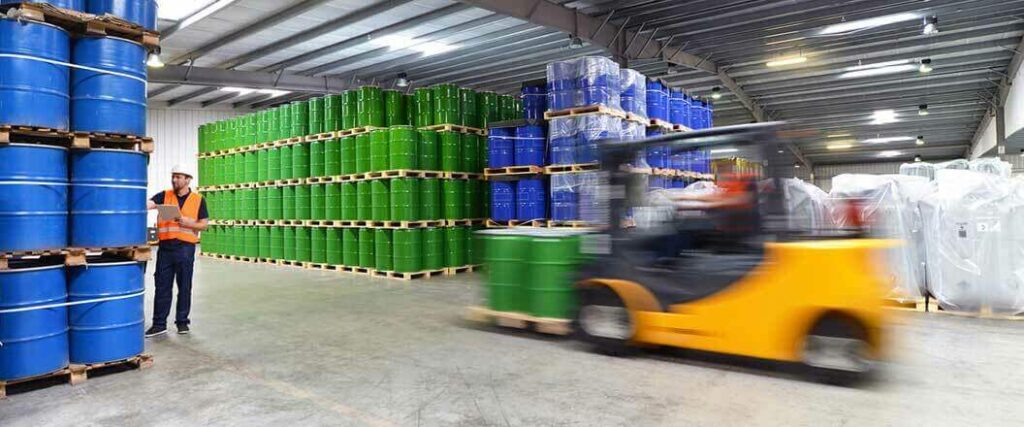
Importing chemicals into the U.S. is lucrative, but difficult. It's a process filled with rules and paperwork. Getting all the required licenses and certifications can feel like a never-ending ordeal. Importers must follow rules and regulations put in place by government agencies such as the Environmental Protection Agency (EPA) to protect the public.
U.S. Customs and Border Protection (CBP) requires importers bringing chemicals into the US to follow regulations from the Toxic Substances Control Act (TSCA) and EPA guidelines. Importers must ensure proper documentation, including TSCA certifications, to clear customs efficiently. Compliance is key for successful entry.
Ready to unlock the formula behind successfully importing chemicals? Join us as we review the licenses, procedures, and guidelines bringing chemicals into the United States from overseas.

Let’s start by looking into the requirements set by the Environmental Protection Agency (EPA) for chemical importers. The EPA regulates environmental and public health standards. Its regulations are a critical consideration for chemical importers in the USA.
A huge part of these regulations is the Toxic Substances Control Act (TSCA). This act governs the introduction of chemicals into the U.S. market. Understanding the TSCA is crucial to making sure your imports comply with U.S. law during the customs clearance process.
Related: How to Import Chlorine to the U.S.
Compliance starts with sending one of the previously mentioned certifications to CBP. If the chemical isn’t listed on the TSCA Inventory, you’ll need to submit a Pre-manufacture Notification (PMN) at least 90 days prior to shipment. A Significant New Use Agreement (SNUR) will be required if you plan to use the chemicals in significantly new ways. Finally, keeping your CDR up to date is key to staying compliant and keeping regulatory agencies off your back.
The TSCA is basically the playbook for importing chemicals into the United States. Administered by the EPA, this act was created to regulate the introduction and use of chemicals within the USA. It's used to protect public health from dangerous chemical interactions.
Let’s get familiar with some key regulations and terms associated with the TSCA.
While it's not feasible to list every chemical under TSCA, here's a general overview of the types of chemicals are regulated by the act:
The TSCA's scope is broad, and the EPA regularly updates its inventory to ensure it covers. all existing chemical substances that may be imported The EPA also lists chemicals that are exempt from the TSCA.
Related: Importing Paint Into the US

Certain chemicals don’t fall under TSCA purview. They’re not excluded because they’re considered less dangerous than those governed by the TSCA. If anything, the unique potential for their misuse means they’re overseen by specialized agencies.
These chemicals are generally not subject to the TSCA, but may fall under the jurisdiction of other agencies.
The Food and Drug Administration (FDA) and Bureau of Alcohol, Tobacco, and Firearms (ATF) are some of the agencies that oversee non-TSCA chemicals. Those that do fall under the act must meet certain requirements to enter the country.
If a chemical is on the TSCA Inventory, it must be certified before arrival in the U.S. There are two kinds of certification:
The regulations set forth in the act are designed to prevent unreasonable risks to human health or the environment. It’s ultimately the importer of record’s (IOR) responsibility to make sure the imported goods meet regulations.
Not all chemicals are treated equally. Polychlorinated biophenyls (PCBs), metalworking fluids, and water treatment chemicals have stricter importing guidelines than others, which may severely limit or completely prohibit their import.
We’ve talked a little about the PMN in earlier sections. Chemical importers cannot afford to overlook this important notice. The PMN must be submitted at least 90 days before importing new chemicals into the U.S.
For the purposes of importing, any chemical that isn’t on the TSCA inventory is considered to be new. Importers must submit the PMN within the specified time frame, or risk interruptions to their shipments.
We also discussed SNURs briefly. Those who plan to use imported chemicals for a “significant new use” must notify the EPA at least 90 days prior to the import transaction. For example, if you plan to import helium so you can inflate balloons, it falls under expected use. If you plan to import helium as part of an invention or new research process, SNURs will probably apply.

The EPA plays two huge roles in importing chemicals to the United States:
Importers who fail to abide by the regulations and policies set by the EPA risk dealing with enforcement measures. While the agency suffered from budget cuts in the last decade, it’s currently rebuilding and expanding its enforcement efforts.
| 1.21 Billion | Estimated pounds of pollutants destroyed by enforcement actions. |
| 70 Percent | Increase in criminal investigations over 2022. |
| $708 Million | Penalties, fines, and restitution paid by violators in 2023. |
Source: epa.gov
With inspections and enforcement on the rise, importers must carefully follow EPA regulations or face crippling penalties. An important aspect of following these regulations is proper documentation.
You'll need several documents to prove that your chemicals are safe and legal under United States law. Some of these are unique to chemicals, while others are necessary for all imports.
Here's a quick look at these key documents.
As stated previously, a positive or negative certification must accompany shipments of TSCA-regulated chemicals
These sheets give all the details about your chemicals, like what they are, the dangers they might pose, and how to handle them safely.
For some chemicals, you need to file an NOA with the EPA. This notice mostly pertains to pesticides.
This is a receipt from the shipping company. It lists your commodities, the quantity thereof, and the shipment's destination.
This shows the deal between the seller and buyer. It describes the goods, how much they cost, and how the sale was made.
This tells exactly what's in each package, including weights and sizes. During an inspection, CBP may compare this to the actual shipment in search of errors or criminal activity.
The CBP requires these for good entering the U.S. It provides information about the imported goods and the carrier transporting them.
If you're not sure whether you've properly filled out and filed all necessary paperwork, consider working with a customs broker or consultant. They can put their knowledge to work for you.

We’ve reviewed the documents, agencies, and regulations involved in importing chemicals. Now let’s see what a typical chemical import transaction looks like from start to finish.
The importer must verify that the chemical substance is listed on the TSCA Inventory. They’ll also need to determine if it is subject to pre-manufacture notices (PMN) or significant new use rules (SNURs).
The importer reaches out to a Canadian exporter for the chemicals they wish to import. They reach terms after verifying the chemicals meet EPA guidelines.
The chemicals are found on the TSCA Inventory. The importer prepares a positive TSCA certification.
The importer gets the safety sheets from the Canadian exporter. These are essential for displaying the chemical's properties, hazards, and handling instructions.
If required, the importer submits an NOA.
The importer gathers all necessary customs documentation, including the Bill of Lading, Commercial Invoice, and Packing List.
To avoid snags in the import process, the buyer hires a customs broker.
The customs broker submits the import documentation to CBP and the EPA (if required), handling any questions or issues that arise during the clearance process.
CBP clears and releases the shipment. The importer then arranges for transportation from the port of entry to their facility.
The importer maintains records, including the TSCA Import Certification and SDS, for at least three years as required by law.
Remember that specific details may vary depending on the nature of the chemical other regulatory requirements. Working closely with an experienced customs broker will go a long way toward ensuring your shipment arrives hassle-free.
It's clear that importing chemicals into the U.S. requires careful preparation and a deep understanding of regulations. That's where partnering with a seasoned customs broker can help.
At USA Customs Clearance, we offer a suite of services designed to streamline your chemical import process:
Don't let complex regulation slow down your chemical import business. Partner with USA Customs Clearance to ensure your imports are compliant, efficient, and hassle-free. Contact us today online or at (866) 753-4423 to learn more about how we can help you get through the import process with confidence.
 Copy URL to Clipboard
Copy URL to Clipboard
Add your first comment to this post